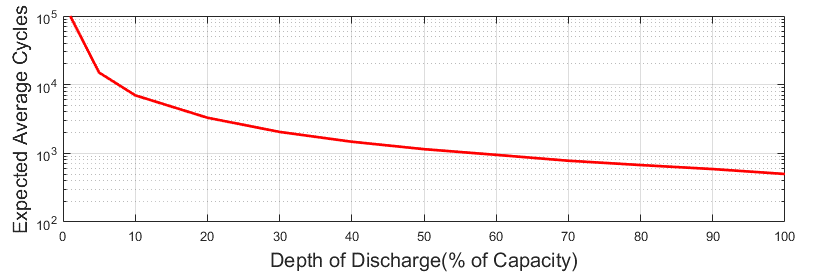In my article on
RV Battery choices I try to explain in simple terms the tradeoffs among RV battery types.
You didn't say anything about how you use your RV, e.g. always with RV park hook-ups, occasional boondocking off-grid, etc., so we cannot even guess what the optimal choice may be. Nor can we guess whether you actually need 460 amp-hours of battery capacity. Many owners do not need that much, but some need even more.
Your present batteries are GC2 6V deep cycles and are a cost-effective solution for the usual RV battery needs, so the #1 option is a very reasonable choice. Properly used and maintained, those batteries should last 6-10 years. AGM deep cycles (option #2) of similar capacity (12v or 6v) would work well too and eliminate most of the owner battery maintenance requirements, but they cost somewhat more. Given that you are new and maybe not a battery expert, the extra cost of the AGM might end up being money well spent.
The lithium option is technically the best solution if you can afford the upfront cost, but maybe more than a new Rver wants to tackle at this stage.
You can get 6v GC2 batteries in the AGM type and they will drop tight into your existing battery box and wiring. Maybe not at a price comparable to the Renogy, though.

